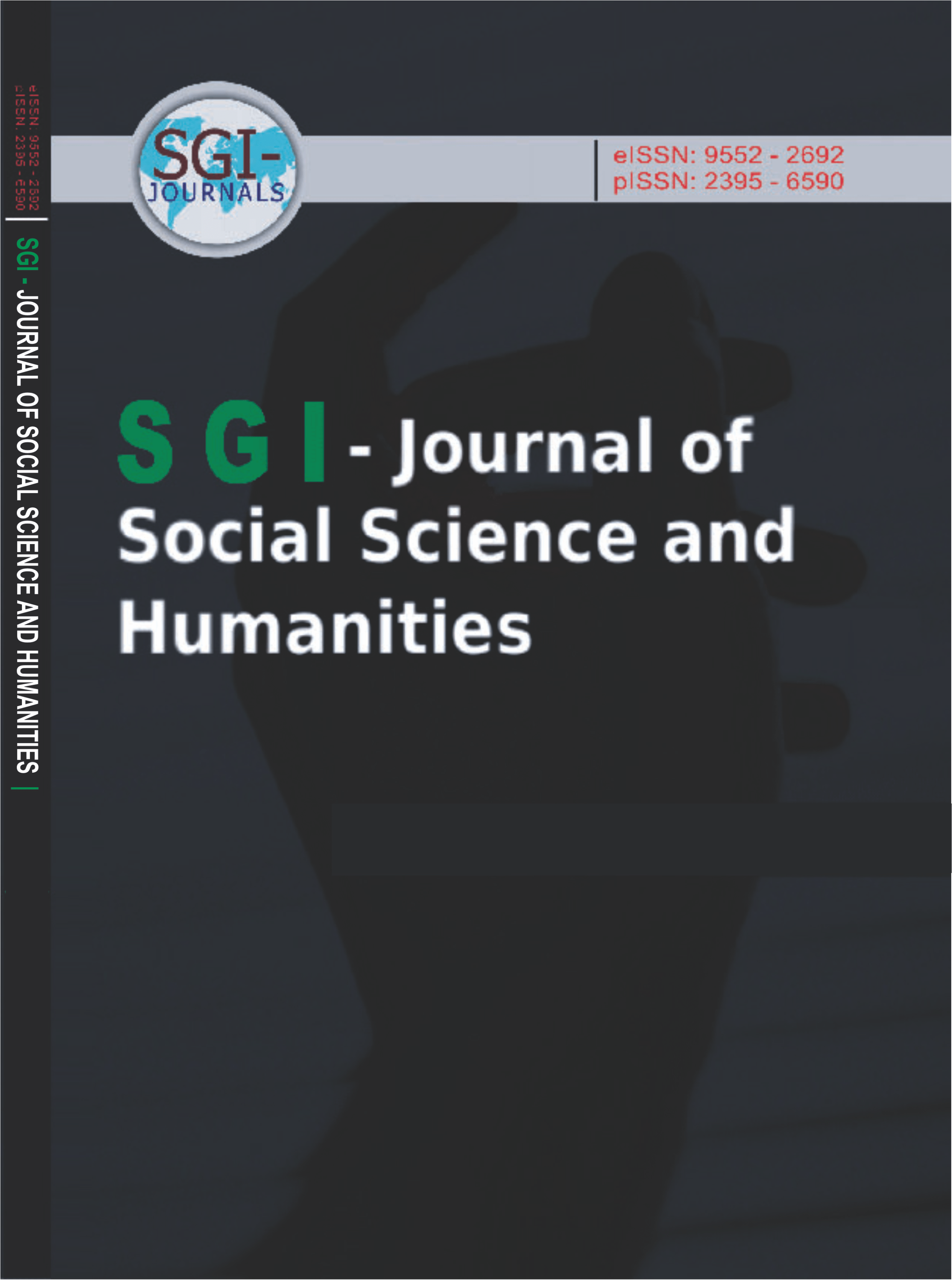SGI-JOURNAL OF SOCIAL SCIENCE AND HUMANITIES (SGI-JSSH)
UNRELIABLE NARRATION IN THE PONDER HEART
E-ISSN: 9552-2692
P-ISSN: 2395-6590
DOI: https://iigdpublishers.com/article/708
This essay explores the unreliable narration in Eudora Welty’s The Ponder Heart, focusing on how she employs unreliable narration to create ironic effects. The essay delves into the three axes of unreliability proposed by James Phelan, discussing how Welty artfully conspires with readers to create irony by revealing the complexity and contradictoriness of her narrators. Through a multilayer analysis, the essay presents a clearer picture of the story world and the mind styles of the characters, highlighting the distortion of human nature and alienation between human beings. Welty's use of unreliable narration, including misreporting, underreporting, misinterpreting, and misevaluating, is pervasive in her stories, functioning as either bonding or estranging unreliability. Ultimately, this essay reveals Welty’s tactics in using unreliable narration to dissolve the boundary between reality and imagination, guiding readers to understand the people and the society depicted in her works.
Cai Sulu
Booth, Wayne C. (1983). The Rhetoric of Fiction. Chicago: University of Chicago Press.
Gretlund, Jan Nordby. (2007). “Eudora Welty”. A Companion to The Literature and Culture of The American South. Edited by Richard Gray and Owen Robinson. London: Blackwell Publishing Ltd.
Kidd, Stuart. (2004). “Visualizing the Poor White”. Gretlund, Jan Nordby. “Eudora Welty”. A Companion to The Literature and Culture of The American South. Edited by Richard Gray and Owen Robinson. London: Blackwell Publishing Ltd.
Phelan, James. (2007). “Estranging Unreliability, Bonding Unreliability, and the Ethics of Lolita.” Narrative, 15(2), 222-238.
Shen, Dan. (2006). “What is Unreliability?” Foreign Literature Review, 4, 133-143.
